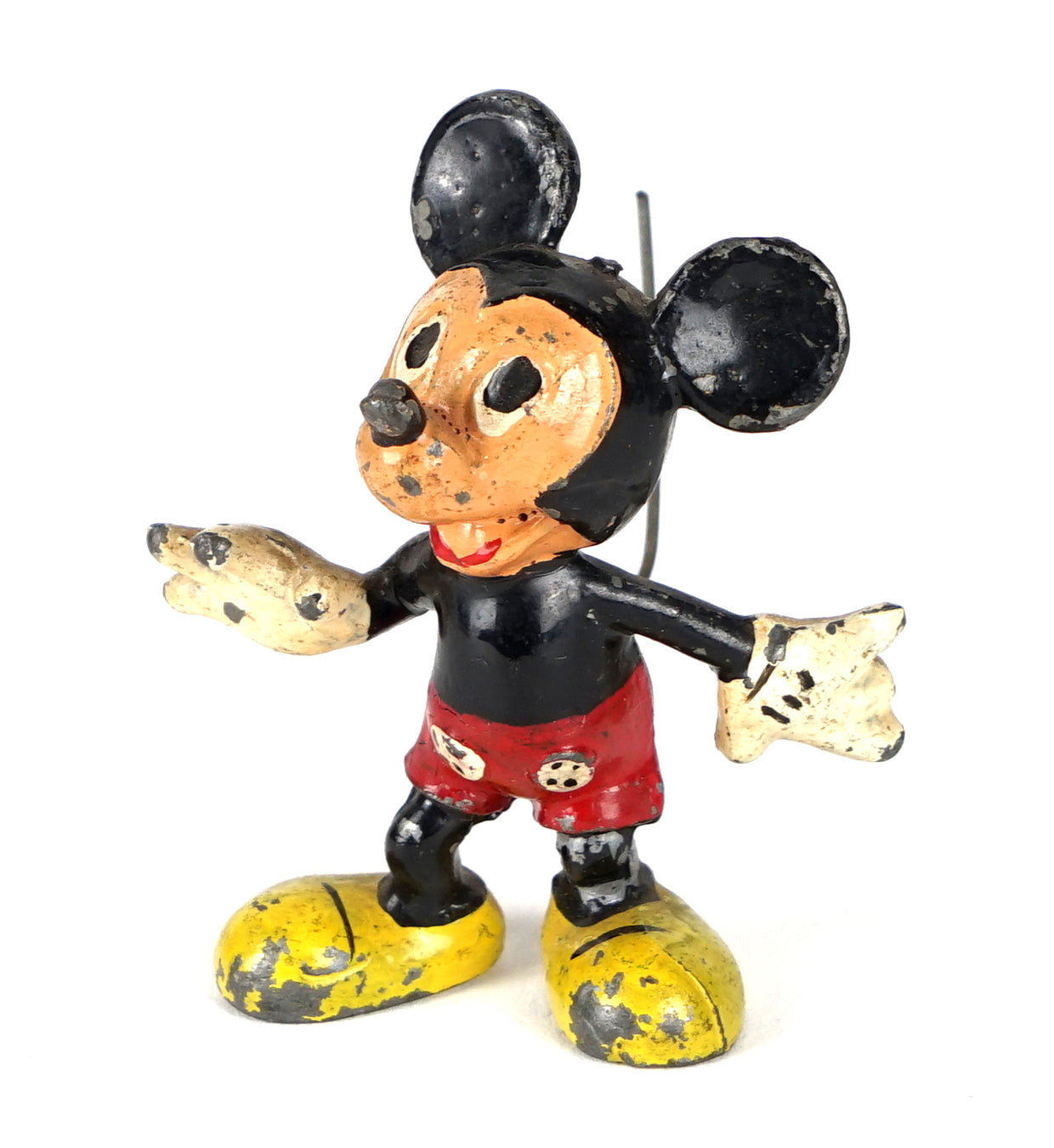Sell Your Collectables

Why are designer watches so expensive?
Owning a watch from a prestigious watch brand such as Rolex or Patek Philippe comes with a large price tag, with some costing more than a house! As a result, the question of what makes them so expensive is often raised. This article will look at some of the contributing factors.
Skill and craftsmanship of watchmakers
One of the main contributing factors to the hefty price tag associated with luxury watches is the skill and craftsmanship that goes into producing each piece. Luxury watch brands pride themselves on the expertise required to assemble these intricate mechanisms and movements. Each component is individually put together and tested by hand, creating a lengthy process completed by only the most skilled watchmakers. To become a watchmaker at a luxury brand, rigorous training is undertaken alongside tight quality control measures.
Luxury watches span a broad price range: entry-level brands like TAG Heuer start around £1,200-£2,400, mid-tier brands like Rolex and Omega often begin at £4,000 to £8,000, while high-end brands such as Patek Philippe, Audemars Piguet, and Richard Mille start in the £16,000 to £40,000 range. Some exclusive models, like the Patek Philippe Grandmaster Chime, have fetched upwards of £24 million at auction. These prices reflect the extensive skill, time, and detail that go into every piece, with some models taking hundreds of hours to complete.
Premium materials and precious stones
Luxury watch brands use only the finest high-quality materials in assembling their timepieces, which further increases production costs—and therefore retail prices. High-end models are often made from precious metals, such as 18-carat gold and platinum, with accents of precious stones like diamonds. The components used to create the automatic movements are also made of high-quality parts, unlike mass-produced quartz models. These materials not only create a luxurious feel but also increase the watches' longevity and durability. For instance, Rolex’s Everose gold retains its bright colours without fading, and scratch-resistant glass on the dials minimises potential damage.
Beyond material quality, many luxury watch brands are committed to ethical sourcing and environmental sustainability. Chopard, for example, has been a pioneer in this area. Since 2018, Chopard has used 100% ethical gold in its watches and jewellery, sourced from responsible mining operations and verified supply chains. This initiative ensures that the gold used is traceable and extracted in a manner that respects both human rights and the environment. Such commitments not only uphold the brand's integrity but also contribute to the higher costs associated with their timepieces, as ethical sourcing often involves additional expenses and stringent oversight.
History, prestige and brand identity
The prestigious history and brand identity of many luxury watch brands also contribute to their high prices. Their reputations and innovative designs make people willing to pay more to own a luxury watch. Brands like Rolex, Patek Philippe, and Audemars Piguet have pioneered the watch industry, and their designs have become widely recognised. For example, Rolex is known for its Submariner line, designed specifically for divers and waterproof to 100 metres. Additionally, luxury watch brands are often associated with high society and seen as a status symbol. Patek Philippe, for instance, has a rich history linked to royalty dating back to Queen Victoria, which has further cemented its high market value.
Marketing and brand ambassadors
Luxury watch brands often rely on high-profile marketing campaigns and collaborations with brand ambassadors, including world-famous athletes, actors, and musicians. This association with high-profile personalities not only reinforces the brand's exclusive image but also attracts buyers aspiring to the same level of success. The cost of maintaining these campaigns and partnerships is reflected in the watch's final retail price, as it bolsters the allure and prestige of owning a luxury watch.
For instance, tennis legend Roger Federer has been a Rolex ambassador since 2006, embodying the brand's commitment to excellence and precision. Similarly, actor Ryan Gosling became the face of TAG Heuer in 2021, bringing a modern and stylish appeal to the brand. These partnerships are not merely promotional; they often involve the ambassadors' active participation in design and innovation. Such collaborations enhance the brand's image and appeal, making the watches more desirable to consumers who admire these celebrities.
Exclusivity and limited availability
Another factor making luxury watches so expensive is their scarcity. Unlike mass-produced brands, you cannot simply walk into Argos and buy a Rolex. Luxury watch brands often produce only limited numbers each year, resulting in long waiting lists for certain models. This high demand compared to the limited supply leads to increased prices on both the retail and secondary markets.
Cutting edge design and technological innovation
Design and innovation is a key factor that keeps luxury watch brands at the forefront of the industry. Many high-end watches feature unique complications—advanced features like tourbillons, moon phases, or perpetual calendars—that elevate the watch beyond simple timekeeping. Brands such as Patek Philippe and Audemars Piguet invest heavily in research and development to introduce these innovations, ensuring each watch is both a functional masterpiece and a marvel of horological design technology.
Ongoing maintenance costs for servicing
Luxury watches are designed to last for generations, but maintaining their performance requires regular servicing by skilled watchmakers. High-end models often need periodic servicing every few years to keep their intricate movements functioning precisely. These services can be costly having to go to specialist jewellers or watchmakers, yet they reinforce the long-term value of the investment by ensuring the watch’s longevity. This is often a hidden cost of owning a luxury watch.
A symbol of personal style and success
Owning a luxury watch is more than just a display of wealth; it is often a deeply personal symbol of style, status, and even legacy. Many buyers view luxury watches as heirlooms to be passed down through generations, making the investment worthwhile for sentimental reasons. This personal connection further enhances the value of luxury watches, as they carry a sense of history and family heritage, creating a lasting impression that goes beyond monetary value.
In summary, designer watches are expensive due to the craftsmanship and years of training required by expert watchmakers, as well as the premium materials, like gold and diamonds, that enhance durability and luxury. The rich history, brand prestige, and exclusive partnerships with high-profile celebrities create a sense of status and desirability, while limited production ensures high demand and exclusivity. Luxury watches also represent cutting-edge design and technological advancements, with many models featuring intricate, innovative mechanisms. Finally, owning a designer watch is a personal statement of success and style, often viewed as an investment that endures across generations, making the substantial price tag a reflection of value beyond just timekeeping.
Our services
If you have a luxury watch you are interested in selling, contact PM Antiques and Collectables for a free, no-obligation appraisal today. Also see, What to know when selling luxury and designer jewellery and watches and How much is my watch worth?
Written by Krista Palmer-Preece of PM Antiques & Collectables




